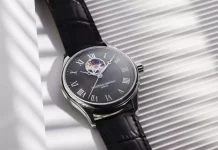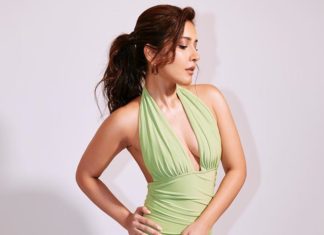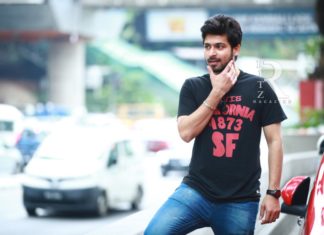The story of the ageless ‘collarless shirt’
Today, the term kurta doesn’t really warrant an introduction. Derived from the Sanskrit word ‘kurtaka’ literally, a ‘collarless shirt’, the traditional piece of clothing from the Indian sub-continent has earned itself immense popularity and appeal that transcends, boundaries, age, gender, religion, fashion preference or any parameter one can think of. So, how did this phenomenon take place?
Before we get into, let’s look at how the garment originate and evolve. The form and shape of kurta we see today emerged in Punjab in early 19th century. A loose-fitting tunic that ran from the shoulders to the knees, the kurta of then was rather simple with barely any design or embellishment. And while initially it was worn exclusively by men, it was soon adopted by women as well, making it one of the earliest piece of unisex clothing.
From the simple shirt-like lines of the 1950s, to the boat-necks and the tight, difficult-to-walk-in kurtas of the 1960s the kurta keeps changing its shape and length according to the fancies of the fashion world and the unmissable source of fashion in India, Bollywood!
[wzslider autoplay=”true” transition=”‘slide'” lightbox=”true”]
1970s was the time the garment went global, interestingly for two very different reasons. Women in the Middle-East with simple colours, earthy tones and loose-fit took to it as an extension of their relatively conservative cultural sensibilities. At the same time, kurtas in bright colours and psychedelic designs gained currency in the Western world as the hippie-counterculture swept Europe and USA.
Back to the current times, shapeless rucksacks of the years gone by have made way for smart and well-fitting tops which look chic with a pair of jeans or elegant with a churidar. And the many variations in length, fit, cut, design and style brought in by exclusive brands like Imara and Biba have played a crucial role in the ever-increasing popularity of the humble Indian garment.
An ethnic brand like Imara Fusion exhibits from short kurtis paired with trousers as an attire of choice for office goers to mid-knee length tunics with exquisite work, and from simple functional kurtas as school uniform to abstract designs and cuts seen on the runway. The kurta is all around us, and in more forms than we have ever seen it.
The beauty of the garment is also that it lends itself very well to a range of fabrics – from cotton to chiffon, jute to silk, and khadi to kota. Besides the fabrics, the versatility of the garment lies in its ability to adopt elements from other forms of attire such as beaded blouses, tunics and kaftan, as well as the ease with which a range of handiwork and forms of embroideries such as applique, cut-work, chikankari that can be applied to it.
An examples of how this medley has been put to use is an innovative kurti designed by Imara which is an off-white woven kurta in a cold-shoulder design with a round-neck and bell-sleeves that culminates with an asymmetric-hem adorned by pom-poms. Teamed with a pair of leggings and embellished heels, the look exudes style and elegance – a desi look with a twist!
What’s next for the ubiquitous and humble kurta? Your guess is as good as ours, but one thing we can be certain about is, that the journey will continue. And if there’s one thing we have learnt, it is that the kurta can be anything you want it to be. So, what do you have in mind?















